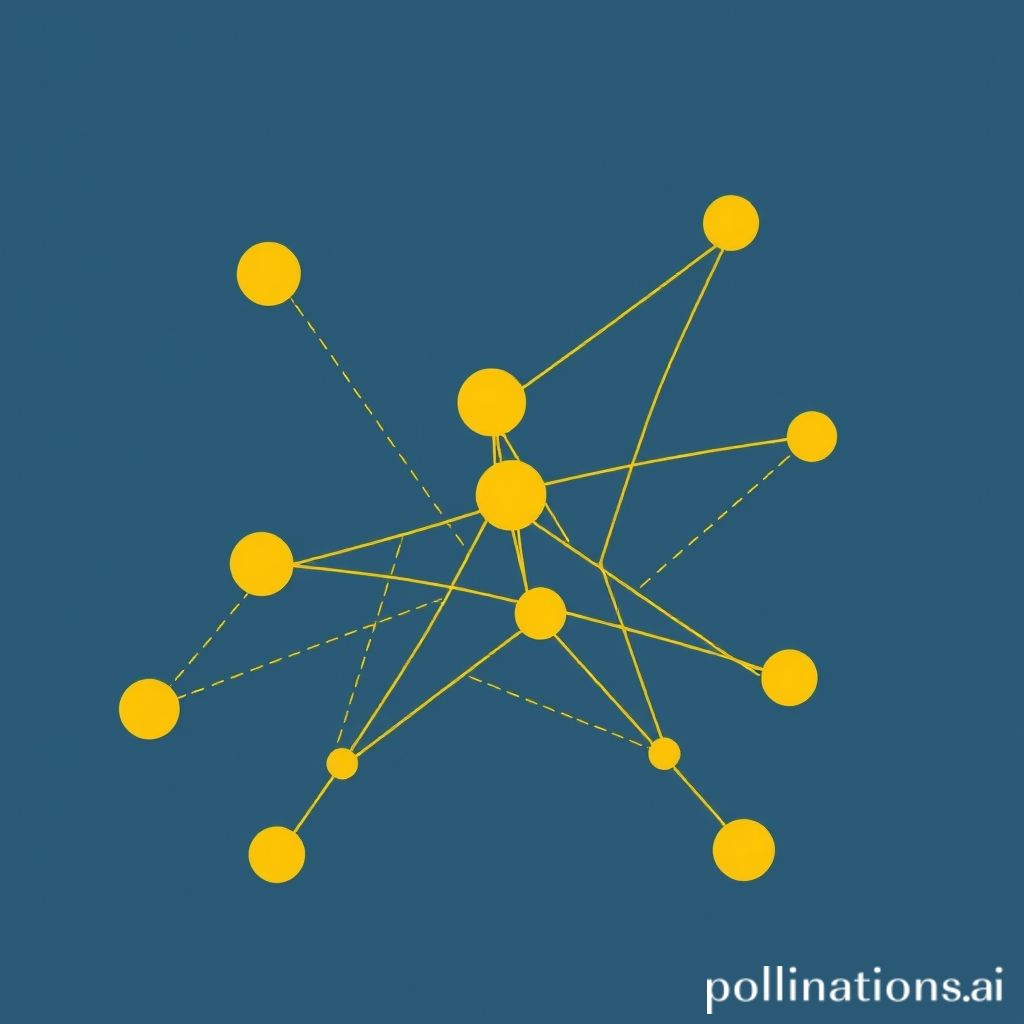
Introduction to Graph Databases and Their Applications
In the realm of data management, traditional relational databases have long been the norm. However, as data complexity increases and the interrelationships between data elements become more significant, graph databases have emerged as a powerful alternative. This article explores what graph databases are, their core features, and their diverse applications across various industries.
What is a Graph Database?
Graph databases are designed to handle data in the form of nodes, edges, and properties. Unlike relational databases that utilize tables to represent data, graph databases use graphs, making them particularly adept at representing and querying highly interconnected data. In a graph, nodes represent entities (such as people, products, or locations), edges represent the relationships between these entities, and properties store relevant information about both nodes and edges.
Core Features of Graph Databases
- Flexibility: Graph databases are schema-less, allowing for easy modifications and the addition of new data types without requiring extensive migrations.
- Performance: They excel in executing complex queries due to their structure, often retrieving data faster than traditional databases when relationships are involved.
- Intuitive Data Modeling: The graph model closely aligns with how human beings perceive relationships, making it easier to visualize and understand data.
- Rich Query Capabilities: Graph query languages like Cypher or Gremlin allow for expressive querying patterns, focusing on traversals that reveal intricate connections between data points.
Applications of Graph Databases
Graph databases have found applications in numerous fields due to their ability to manage and analyze networks of relationships efficiently. Here are some notable use cases:
- Social Networks: Platforms like Facebook and LinkedIn utilize graph databases to represent user profiles and their connections, enabling features such as friend suggestions and relationship analytics.
- Recommendation Engines: E-commerce and streaming services use graph databases to analyze user behavior and preferences, providing personalized recommendations based on interconnected data.
- Fraud Detection: Financial institutions employ graph databases to monitor and detect fraudulent activities by analyzing transaction networks and identifying unusual patterns or connections.
- Knowledge Graphs: Search engines like Google utilize knowledge graphs to enhance search capabilities by linking information about entities and their relationships, providing users with quick access to relevant information.
- Network and IT Operations: Graph databases can effectively model networks of devices, users, and applications, aiding in monitoring and managing IT infrastructure efficiently.
Conclusion
As data continues to grow in complexity and connectivity, graph databases present a robust solution for organizations seeking to harness the power of their data relationships. With their flexible data models, high performance, and diverse applications, graph databases are poised to play an increasingly vital role in the data management landscape.
